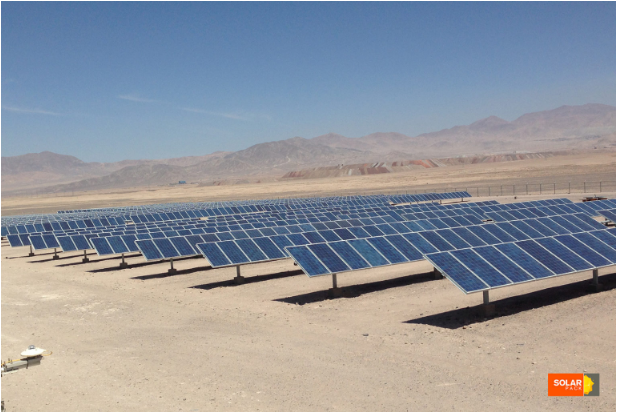Consumers Energy announced a sweeping proposal to stop using coal as a fuel source for electricity by 2025 —15 years faster than currently planned. The plan would make the company one of the first in the nation to go coal-free and provide a 20-year blueprint to meet Michigan’s energy needs while protecting the environment for future generations.
“We are proud to lead Michigan’s clean energy transformation and be one of the first utilities in the country to end coal use,” said Garrick Rochow, Consumers Energy president and CEO. “We are committed to being a force of change and good stewards of our environment, producing reliable, affordable energy for our customers while caring for our communities during this transition.”
The plan, which requires regulatory approval, ensures CE will:
Be among the first utilities in the nation to go coal-free by 2025;
Use 90% clean energy resources by 2040;
Build nearly 8,000 MW of solar energy to power Michigan’s homes and businesses by 2040;
Stay on the path to achieve net zero carbon emissions, and
Save customers about $650 million through 2040.
If approved by the Michigan Public Service Commission, the updated plan would speed closure of CE’s three coal-fired units at the Campbell generating complex near Holland.
Campbell 1 and 2, collectively capable of producing more than 600 megawatts of electricity, would retire in 2025 — roughly six years sooner than their scheduled design lives.
Campbell 3, capable of generating 840 MW, would also retire in 2025 — roughly 15 years sooner than its scheduled design life.
The updated proposal also calls for moving up closure of Karn 3 and 4, units that run on natural gas and fuel oil and can generate more than 1,100 MW to meet peak demand, to 2023 — about eight years sooner than their design lives.
“Consumers Energy is committed to a just transition away from coal as a fuel source for electricity,” said Brandon Hofmeister, senior VP for governmental, regulatory and public affairs. “We supported employees and communities impacted by our 2016 coal retirements by finding new roles for workers who wanted to stay, fulfilling our environmental responsibilities at the sites and helping local leaders pursue new economic possibilities. We plan to follow the same philosophy to help those affected by the proposed Campbell and Karn retirements.”
By 2040, clean, renewable fuel sources such as solar and wind will comprise more than 60% of CE’s electric capacity. Combining that growth with advances in energy storage and customer efficiency will allow the utility to meet customers’ needs with 90% clean energy resources. The rapid transition to clean, renewable sources includes the addition of nearly 8,000 MW of solar power. CE’s solar ramp-up has started and will continue throughout the 2020s. Consumers Energy currently operates solar power plants at Western Michigan University, Grand Valley State University and in Cadillac and purchases solar generation from several sites in Michigan.
To ensure continued reliable, affordable energy for Michigan and the Midwest during this historic transition away from coal generation, Consumers Energy proposes buying four existing natural gas-fired power plants in the state: Covert Generating Station in Van Buren County; Dearborn Industrial Generation in Wayne County; Kalamazoo River Generating Station in Kalamazoo County; and Livingston Generating Station in Otsego County. The proposed purchases require state and federal regulatory approvals. The Kalamazoo River and Livingston plants are smaller and used primarily to meet peak demand.
These natural gas plants — along with Consumers Energy’s current natural gas-fired power plants in Zeeland and Jackson — would supply steady, reliable electricity for homes and businesses as the company invests more heavily in renewable energy and continues to explore emerging technology to minimize impact on the environment.
CE says its new plan creates price stability and, by using natural gas as a fuel source to generate baseload power, will save customers about $650 million through 2040 compared to the utility’s current plan. Further, the increased use of demand management tools such as energy waste reduction programs will give customers more control over their monthly energy bills, equipping them to save energy and money over the long-term.






